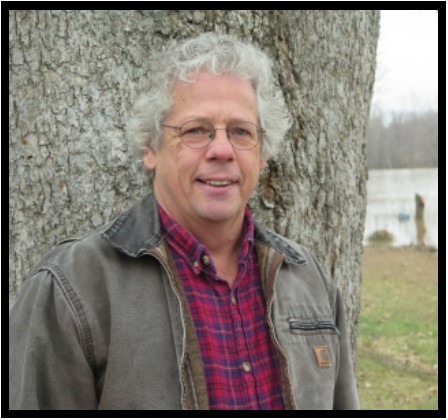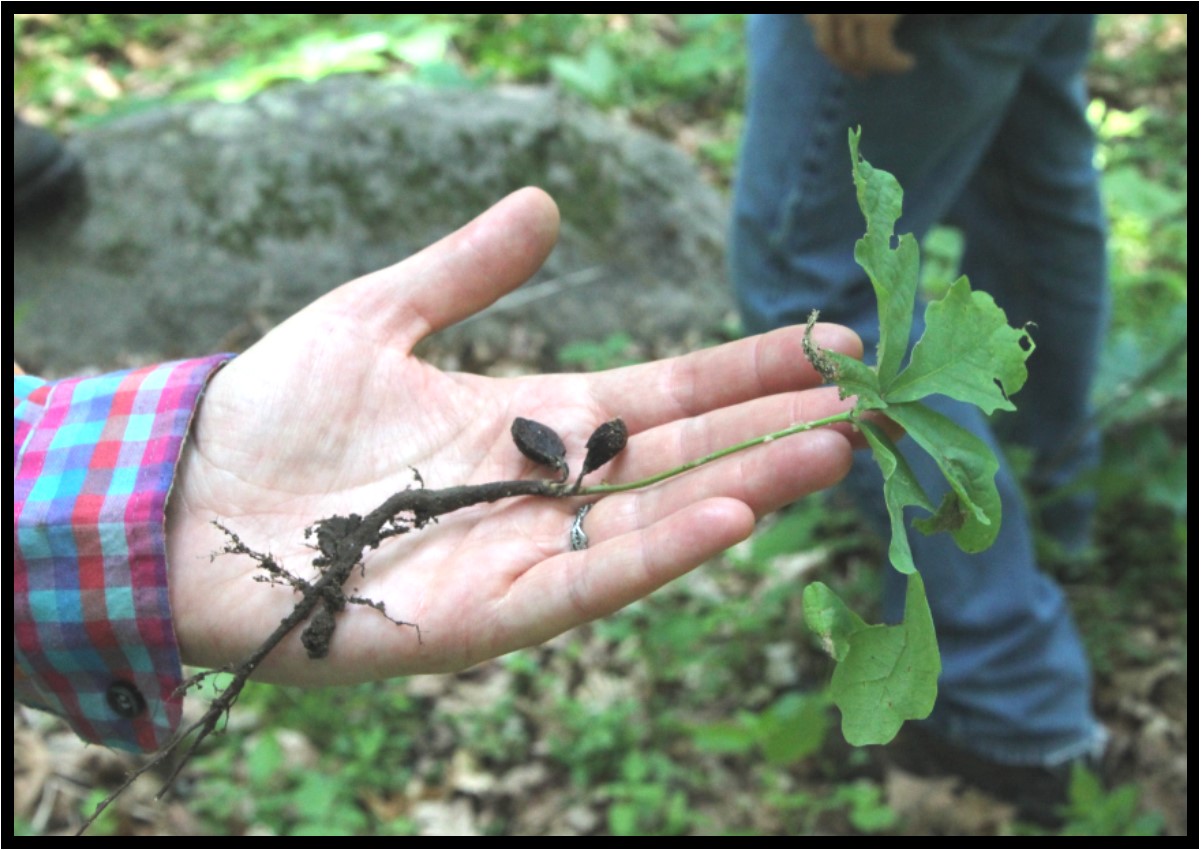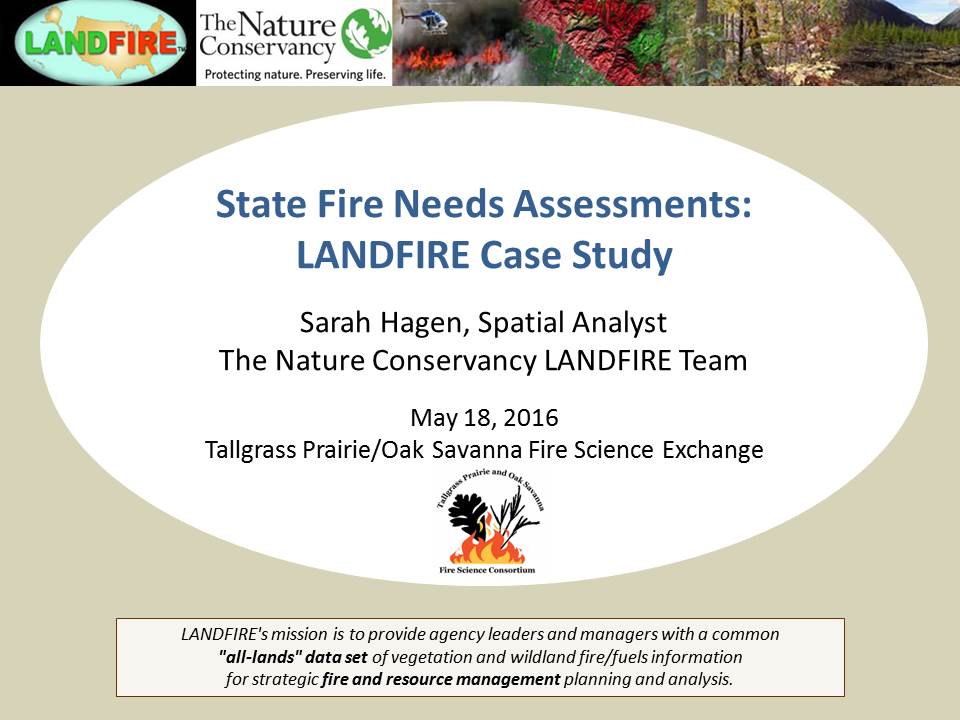A recording of this 60 minute presentation can be streamed or downloaded from our Vimeo page.
What Are Our Windows of Opportunity: Understanding Weather Suitability for Prescribed Burns
Jed Meunier, Research Ecologist
Wisconsin Department of Natural Resources
February 16, 2016 1pm CT
Interest in the timing of prescribed fire is growing throughout the region with prescribed fire as an increasingly important tool to meet a wide array of land management objectives. In Wisconsin, the majority of prescribed burns occur within a relatively short time period in spring. However, projections of greater variability in both precipitation and drought for this region have the potential to complicate prescribed burn planning. Average precipitation in the Great Lakes region, for example, is projected to increase in both winter and spring with greater intensity and frequency of heavy precipitation events while at the same time summer moisture limitations will likely become more common. It may become increasingly difficult to implement prescribed fires within suitable prescription ‘windows’ (e.g. ranges of relative humidity, wind, temperature, antecedent moisture, etc.). In recognizing this, we have assessed barriers to prescribed burning generally for 58 burn coordinators in southern Wisconsin and have evaluated suitable burn ‘windows’ by season. We have also compared burn ‘windows’ to conditions when burns were conducted on state lands for the past 10 years. In addition to current land management issues, we have attempted to evaluate our results within a historical fire framework.
 Tuesday, July 10, 2018 at 1:55PM
Tuesday, July 10, 2018 at 1:55PM 

 TPOS | Comments Off |
TPOS | Comments Off |  oak regeneration
oak regeneration 

